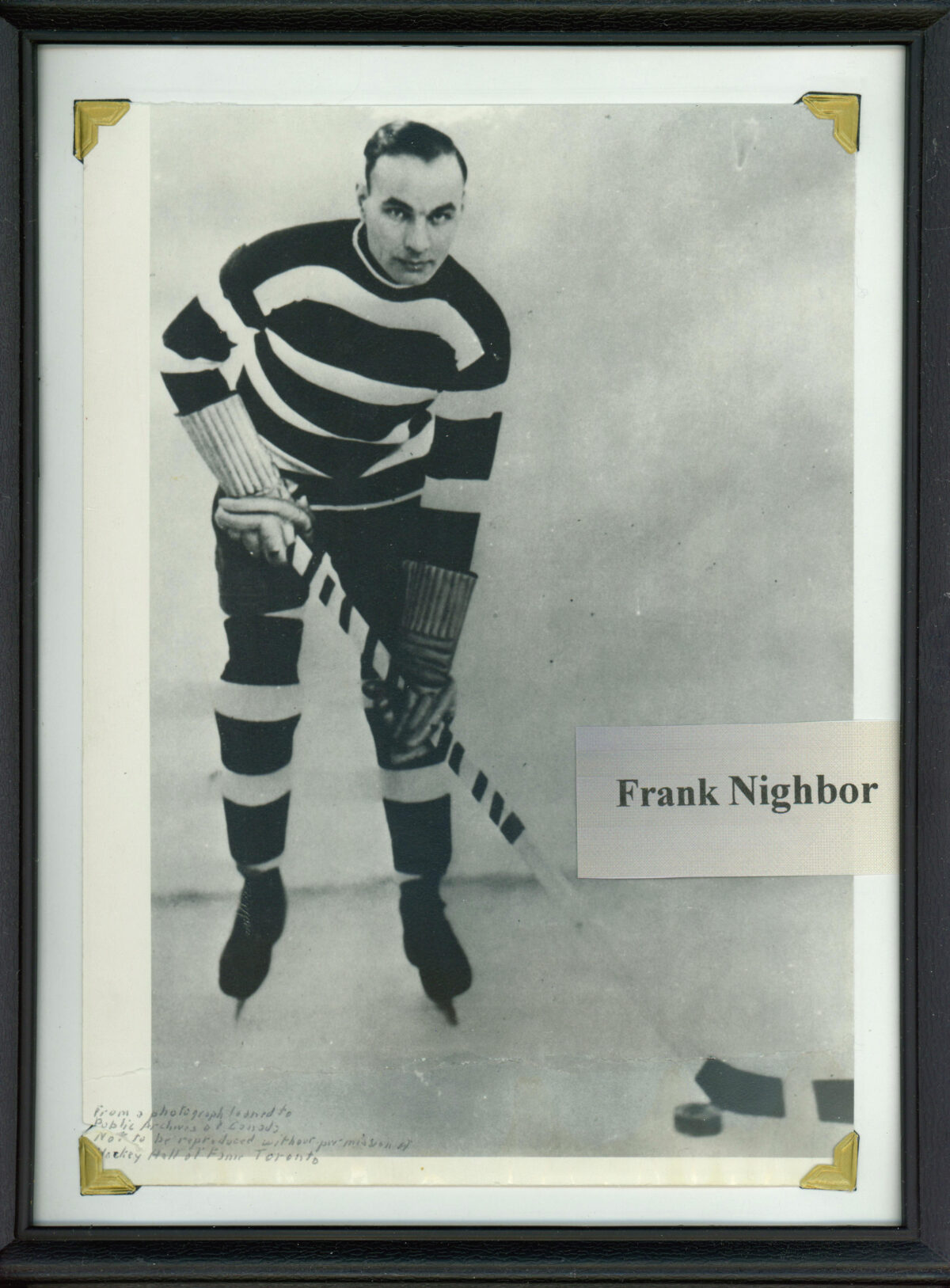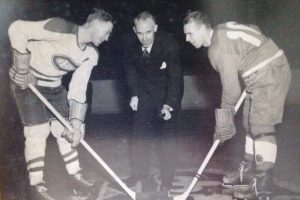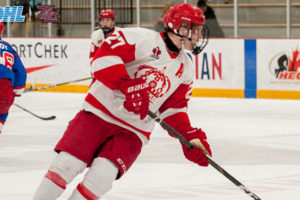100 years ago Pembroke’s most famous hockey player was at the peak of his National Hockey League career. Frank Nighbor was into his seventh season with the Ottawa Senators, a team that he would help win four Stanley Cups during an illustrious career that included five championship seasons, four with Ottawa and one with the Vancouver Millionaires. But in that 1923-24 season, Nighbor would make history by becoming the first recipient of the Hart Trophy, the newly established award for the league’s most valuable player.
“The Pembroke Peach”, as he became known during his professional hockey career, was special. He had a high hockey I.Q., had mastered the poke check, or what he called the ‘hook check’ and he could skate around other players. As the Ottawa Journal once described it, “Nighbor nonplussed the opposition” with his stick work as he stole the puck and headed up the ice for a scoring opportunity.
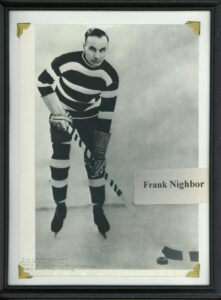
Nighbor had got his start playing hockey on Pembroke’s frozen rivers and in the MacKay Street Arena, which opened on Christmas Day of 1905. As a teenager, he was part of the Pembroke Debaters, playing out of the Ottawa Valley Senior Hockey League and he was already showing his potential as a smooth skating and determined hockey player, scoring six goals and accumulating ten points in only six games.
The season was short as the arena had natural ice and when his teammate Harry Cameron, another of Pembroke’s Hall of Famers, was offered a chance to go to Northern Ontario to play with the Port Arthur Bearcats, Cameron insisted he would only go if his friend Frank Nighbor could join the team too. That was the start of Nighbor’s professional hockey career. A year later he followed Cameron to the Toronto Blue Shirts and then headed to Canada’s West Coast where he spent three seasons with the Vancouver Millionaires, winning his first Stanley Cup title in the 1914-15 season when the Millionaires defeated the Ottawa Senators.
That was Nighbor’s last year in Vancouver. He wanted to come home and joined the Senators in the 1915-16 season. Within a few years the Senators were a powerhouse with players like Nighbor, Frank Finnigan, Clint Benedict, King Clancy and Cy Denneny leading the charge as the Senators were perennial Stanley Cup contenders.
The Senators won Stanley Cups in 1920, 1921, 1923 and 1927. Ironically, the prestigious awards Nighbor won came in non championship years. First, the Hart trophy in 1924 and then the newly created Lady Byng trophy awarded in 1925 and 1926, given to the most gentlemanly player in the league. Indeed, Nighbor was deserving, having never been assessed a major penalty in his hockey career.
The Hart trophy had been donated to the NHL by Dr. David Hart, the father of Cecil Hart who had been a coach and general manager of the Montreal Canadiens. Nighbor won the trophy only once, the first time it was handed out at the end of the 1923-24 season. That year, Nighbor played 20 games, recording 11 goals and 6 assists and 16 penalty minutes. From a point production perspective, his best season was four years earlier when he racked up 42 points, including 26 goals in 23 games for the 1919-20 Senators.
By the late 1920’s the Senators were struggling financially and the team’s owner was selling off players. Nighbor’s career was coming to a close in the 1929-30 campaign when he was dealt to the Toronto Maple Leafs. He retired as a player at the end of the season and then spent a couple of years coaching minor league teams in the Windsor area and Buffalo before settling back in Pembroke.
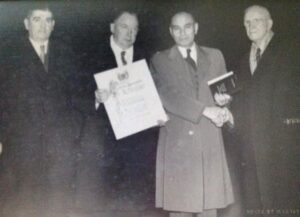
When the Hall of Fame called to honour him in 1947, he couldn’t make the ceremony so the official opening of the Pembroke Memorial Centre in 1951 provided the opportunity for him to receive his Hall of Fame Scroll. In front of a packed Pembroke Memorial Centre on November 14, 1951, Nighbor was honoured at centre ice before the Pembroke Senior Lumber Kings hosted the Montreal Canadiens in an exhibition game to christen the new hockey arena.
Frank Nighbor died in April of 1966 of cancer. While in the Pembroke General hospital, he welcomed a visit by upcoming defenceman Bobby Orr who was in town with his Oshawa Generals for an exhibition game with the Junior Lumber Kings. Following Nighbor’s death, Orr would re-write the NHL record books for defenceman as he carved his own path to the Hall of Fame, winning the Norris trophy eight times as the league’s best defenceman during his career with the Boston Bruins.
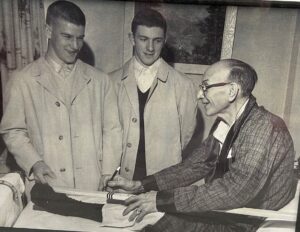
Frank Nighbor spent almost 20 years playing in the best hockey league in the world. In Pembroke, there is a street named after him. At the Hockey Hall of Fame in Toronto, the skates he wore when he won a Stanley Cup with the Vancouver Millionaires are among the treasured artifacts and in Buffalo a painting of Nighbor stands on an industrial building in the city’s downtown. Why it’s there, no one in the family knows, but it says something about Nighbor’s legacy as one of the greatest players to play the game.
When the Hockey News unveiled its top 100 NHL players of all time in 1997 to celebrate its 50th anniversary, Nighbor barely made the cut, placed as the 100th player on the list. At the top of the list was Wayne Gretzky and Bobby Orr, who combined to win the Hart trophy 12 times, nine for Gretzky and three for Orr. A century after Nighbor posed with the trophy as its first recipient and 58 years after his death, the Pembroke Peach is still keeping good company among the all-time greats.















